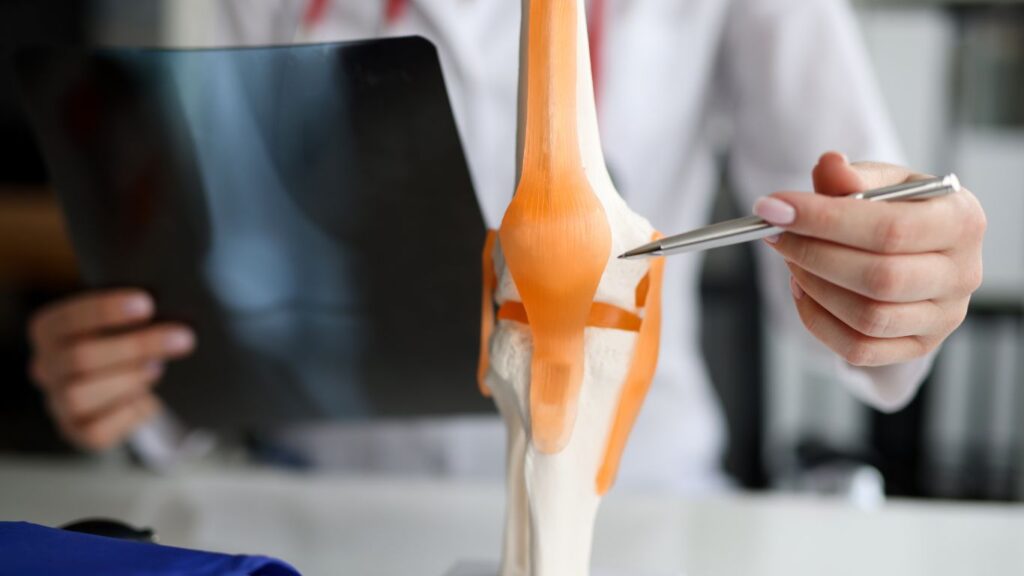Rheumatoid arthritis (RA) is a chronic autoimmune condition that primarily affects the joints but can also impact other parts of the body.
Understanding RA can help you manage the disease better and improve your quality of life.
What is Rheumatoid Arthritis?
Rheumatoid arthritis occurs when the immune system, which normally protects your body from harmful invaders, mistakenly attacks the lining of your joints.
This causes inflammation, pain, and swelling in the affected joints, which can lead to joint damage over time if not treated properly.
Symptoms of Rheumatoid Arthritis
RA can vary from person to person, but common symptoms include:
Joint Pain and Swelling: Often starting in the small joints of the hands and feet, the pain is typically symmetrical, meaning it affects both sides of the body.
Stiffness: Morning stiffness that lasts more than 30 minutes is a hallmark of RA. This stiffness can make it difficult to move your joints after periods of inactivity.
Fatigue: RA can cause a general feeling of tiredness and low energy, which can be overwhelming.
Fever: Low-grade fevers may occur during flare-ups.
Joint Deformities: Over time, chronic inflammation can cause joints to lose their shape and alignment.
Causes and Risk Factors
The exact cause of RA is unknown, but a combination of genetic and environmental factors is believed to play a role. Some risk factors include:
Genetics: A family history of RA may increase your risk.
Gender: Women are more likely to develop RA than men.
Age: RA most commonly begins between ages 30 and 60.
Smoking: Smoking is a known risk factor for developing RA and can worsen the severity of the disease.
Obesity: Excess weight can contribute to the onset and progression of RA.
How is Rheumatoid Arthritis Diagnosed?
Diagnosing RA involves a combination of physical examinations, medical history, and tests, including:
Blood Tests: Tests like the rheumatoid factor (RF) and anti-cyclic citrullinated peptide (anti-CCP) antibodies can help detect RA.
Imaging Tests: X-rays, ultrasounds, or MRIs can show joint damage and inflammation.
Physical Examination: A doctor will check for swollen joints, stiffness, and other signs of RA.
Treatment Options
While there is no cure for RA, treatment can help manage symptoms and slow the progression of the disease. Common treatments include:
Medications:
Nonsteroidal Anti-Inflammatory Drugs (NSAIDs): Help reduce pain and inflammation.
Disease-Modifying Antirheumatic Drugs (DMARDs): Slow down the disease progression.
Biologics: Target specific parts of the immune system to reduce inflammation.
Corticosteroids: Provide quick relief from inflammation and pain but are generally used short-term due to potential side effects.
Physical Therapy: Helps maintain joint flexibility and muscle strength.
Lifestyle Changes: A balanced diet, regular exercise, quitting smoking, and maintaining a healthy weight can all contribute to managing RA.
Surgery: In severe cases, joint replacement surgery may be necessary to restore function and reduce pain.
Managing Rheumatoid Arthritis
Living with RA requires ongoing management. Here are some tips to help you cope with the condition:
Follow Your Treatment Plan: Take medications as prescribed and attend regular check-ups with your doctor.
Stay Active: Gentle exercises like walking, swimming, and yoga can help keep your joints flexible and strengthen your muscles.
Rest When Needed: Listen to your body and rest during flare-ups to avoid overexertion.
Manage Stress: Stress can worsen symptoms, so practice relaxation techniques like deep breathing, meditation, or mindfulness.
Join a Support Group: Connecting with others who have RA can provide emotional support and practical advice.
When to See a Doctor
If you experience persistent joint pain, swelling, or stiffness, it’s essential to see a healthcare professional for an evaluation.
Early diagnosis and treatment can significantly improve your prognosis and help prevent long-term joint damage.
Conclusion
Rheumatoid arthritis is a challenging condition, but with the right knowledge and management strategies, you can lead a fulfilling life. Remember, you are not alone—healthcare professionals, support groups, and loved ones are there to help you every step of the way.
By staying informed and proactive, you can take control of your RA and improve your overall well-being.

